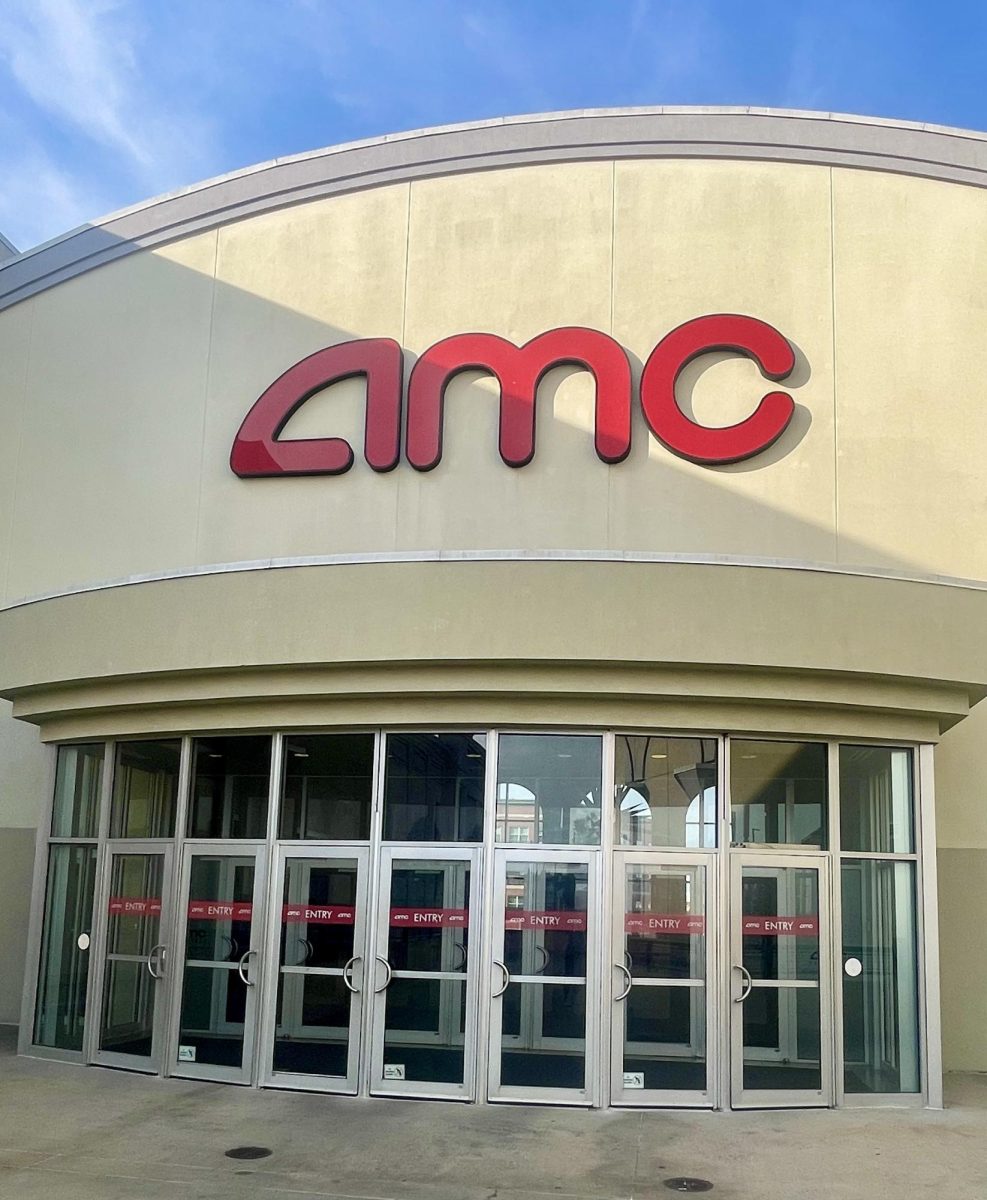Movie theaters are not dying, but they do need to rebrand. Going to the movies isn’t about content; it can’t be. You can watch the same film at home in your living room for cheaper. Going to the movies is about the experience. For movie theaters to stay open, they must lean into that culture and rebrand. They need to reinvent themselves to stay competitive and focus on the unique experience and culture they offer, as your home living room can’t replicate the nostalgia movie theaters bring. When you go to the movies, you aren’t just viewing a film — you are also purchasing an experience.
Movie theaters need to rebrand to stay afloat in the popularity of at-home streaming. Theaters need to delve into the nostalgia felt when you park your car and walk through the front doors of a theater, smell the buttery popcorn wafting through the air, sneak candy in your pockets, beg your mom to let you get an Icee and wait impatiently through the trailers saying “let’s go see that one” once or twice. The anticipation and the excitement grow as the lights dim and the music begins. A movie-going community is built through reactions of laughter, gasps and tears. You are sharing one experience with a group of strangers. At home, we can watch a movie, but the art of nostalgia and the community brought forth in a movie theater can never be replicated in your living room.
What used to be $7 and an easy endeavor now is upwards of $20, transforming what was once a simple and spontaneous outing into a special occasion. The decision for a person to see a movie in theaters, although just as appealing, isn’t as accessible as it once was. This price shift means that moviegoers are much more selective about their choices, opting for films they are passionate about and excited about. I won’t drop $20 on any movie, especially since I could watch it in the comfort of my living room in a few months. However, if there is a film I am passionate about, I, like others, will pay for the luxury experience.
Movie theaters have been having a tough go between the rise of at-home streaming, the Hollywood strike and price increases. For the entire month of May this year, box offices made $520 million. To find a time when there was a worse start to the summer blockbuster season, you would have to go back to May 1998, when they only raked in $510 million. However, these numbers and difficulties don’t mean movie theaters will die out; it just proves they will look slightly different. People aren’t going to go to just any movie, so finding a niche audience and building on it like the summer of “Barbenheimer” will be a new form of revenue. Movie theaters aren’t an everyday activity, so the branding needs to delve into the idea that they are unique and appeal to the individual niches of different fan bases based on film. The movie “Oppenheimer” grossed the most for a biographical movie, earning $942 million at the worldwide box office. After just one week in theaters, “Taylor Swift: The Eras Tour” brought in $123.5 million globally, becoming the highest-grossing concert movie. “Barbie” broke the record for the highest-grossing film directed solely by a woman.
What stood out was the level of engagement from audience members, dressing up in pink dresses or suits for the summer of Barbenheimer or wearing friendship bracelets and getting up and dancing along with Taylor Swift music. These films applied niches to their audience members, and it proved successful. People don’t go to movies they don’t care about, so the theaters and filmmakers have to make the audience that does care passionate, ensuring a higher percentage of them take part in the cinema-going culture.
Most movie theaters have evolved to include considerably more dynamic food and drink menu. They add a service option selling beers, wine cocktails and full meals, bringing in an entirely new income for theaters. There’s also the ability to rent out theaters for private screenings, which have become increasingly popular for work events and birthday parties.
I went to the movie theater twice this summer and there wasn’t an empty seat either time. Some might argue that that’s the luck of the draw, but I think it’s proof that your living room can’t replicate the nostalgia movie theaters bring.
Keagan Ostop, FCRH ’25, is a journalism major from West Hartford, Conn.














































































































































































































